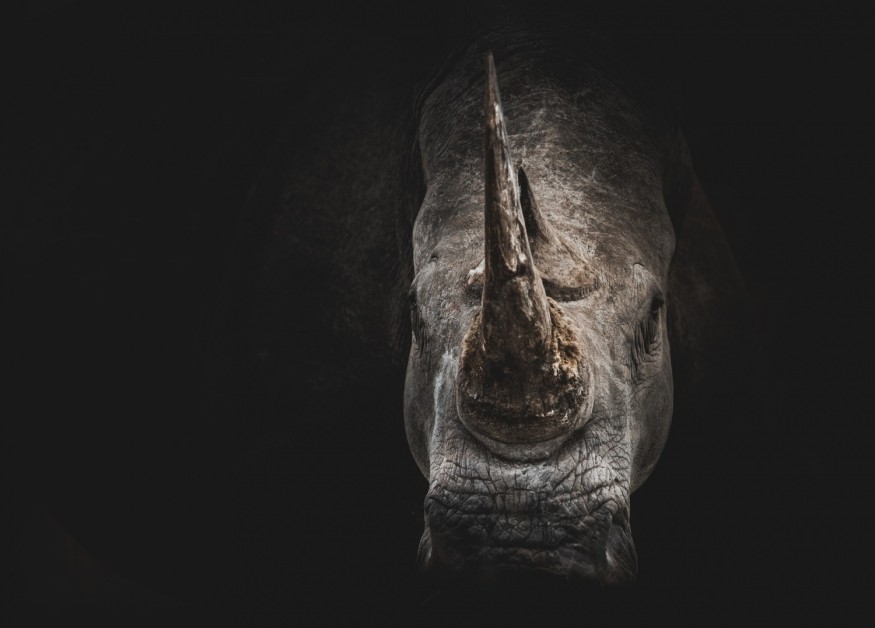Animal extinction events, at certain points in our prehistoric and historical past, have been both unprecedented and inevitable. Some mass extinction events in the form of natural disasters occurred, long before modern humans emerged.
The same case can also be applied to our ancestors, which caused some of the extinct animals known in our fossil records to have died from excessive hunting.
Regardless, animals that lived in recent history still died of either natural or anthropogenic causes. Yet, the question remains about which of these animal species or groups died of hunger from lack of food resources, high temperatures due to a historic drought, or even deadly human pursuit.
In this article, Nature World News explores how some of these extinct animals succumbed to annihilation.
What is Extinction?

Extinction is a term used to pertain to the death of all species of animals and plants, as well as other living organisms, such as microscopic ones that are harder to track.
Despite its size, an organism is subject to being endangered and eventual extinction if it is unable to adapt to its changing environment. The case is different during planet-killer asteroid strikes, catastrophic volcanic eruptions, or other mass extinction events.
The University of California, Berkeley a species can only be considered as 'extinct' if any of its members no longer lives anywhere on the planet, emphasizing that they died from failure to acquire the necessary food, water, shelter, or space they need to survive. These events could be caused by competitors of certain animal species.
Natural Causes
The causes of extinction of some prehistoric animals are evident since paleontologists and other scientists have found Earth underwent five mass extinction events millions of years ago.
According to the American Museum of Natural History, below were the five major mass extinctions in prehistoric times:
- Ordovician-Silurian Extinction (440 million years ago)
- Devonian Extinction (365 million years ago)
- Permian-Triassic Extinction (250 million years ago)
- Triassic-Jurassic Extinction (210 million years ago)
- Cretaceous-Tertiary Extinction (65 million years ago)
The latest mass extinction event was caused by a planet-killing space rock, which was responsible for decimating all non-avian dinosaurs and almost all species of animals and plants on Earth. Other sources suggest it occurred 66 million years ago.
Anthropogenic Causes
As mentioned earlier, the dawn of human civilization also caused the extinction of some animals, the Smithsonian Institution names the following:
- Stellar's sea cow (1768) - extinction due to hunting for fur and oil
- Labrador duck (1870) - extinction due to prey competition for mussels and other shellfish with humans
- Rocky mountain locust (1900) - extinction due to conversion of natural habitat to farmland
- Tasmanian tiger or Thylacine (1936) - extinction due to hunting and competition with dogs
There are other living animal species today that are endangered. Scientists have warned that some of them could be in the brink of extinction if current rates of climate change and exploitative human activities continue.
Related Article: 5 Extinct Animals and Endangered Species That Came Back to Life
© 2025 NatureWorldNews.com All rights reserved. Do not reproduce without permission.





